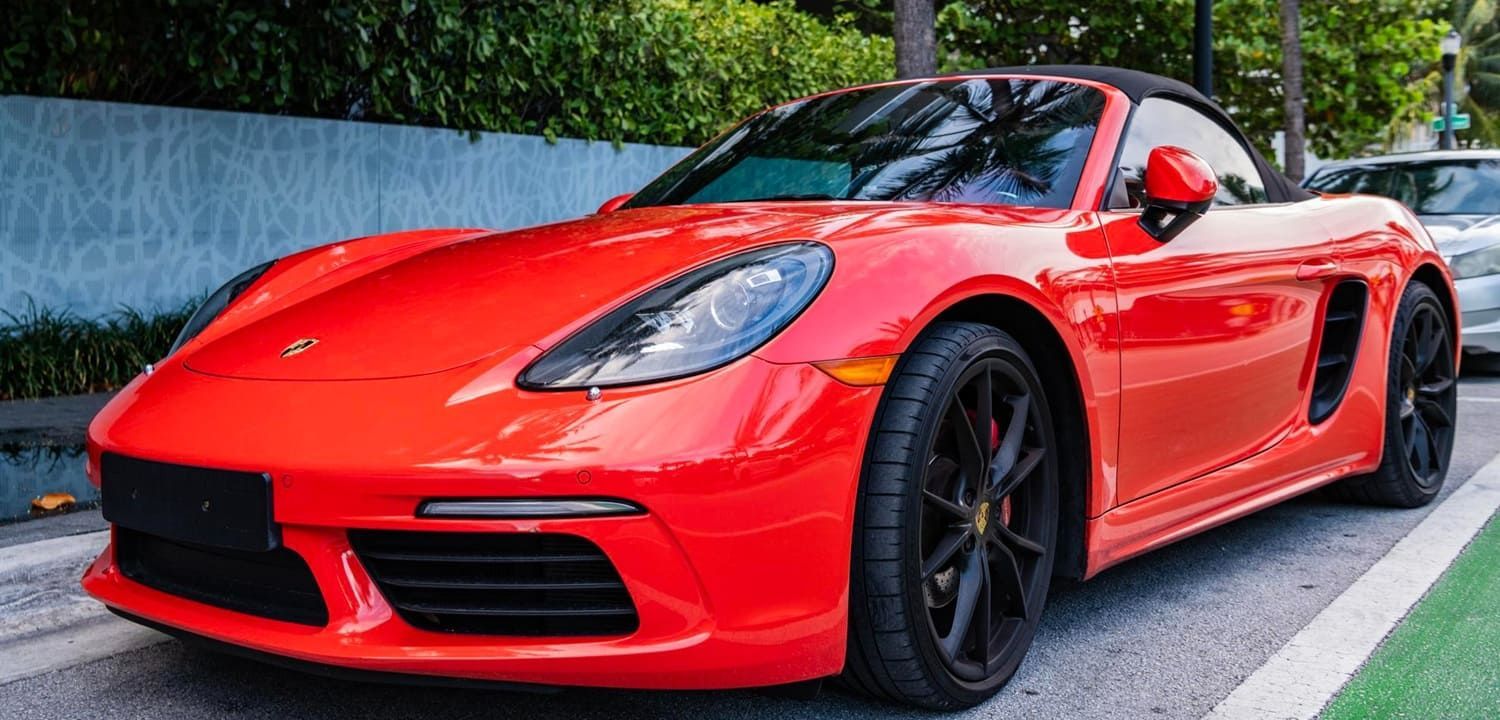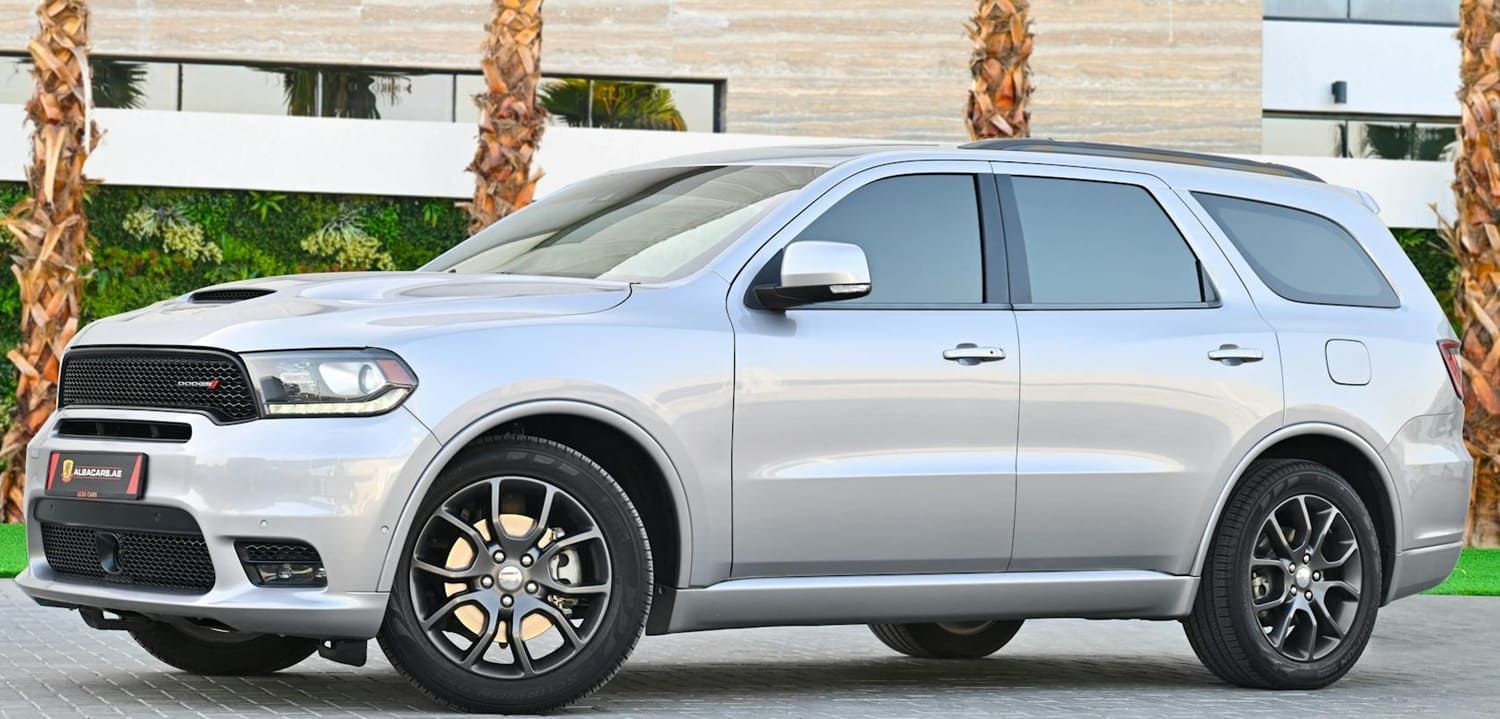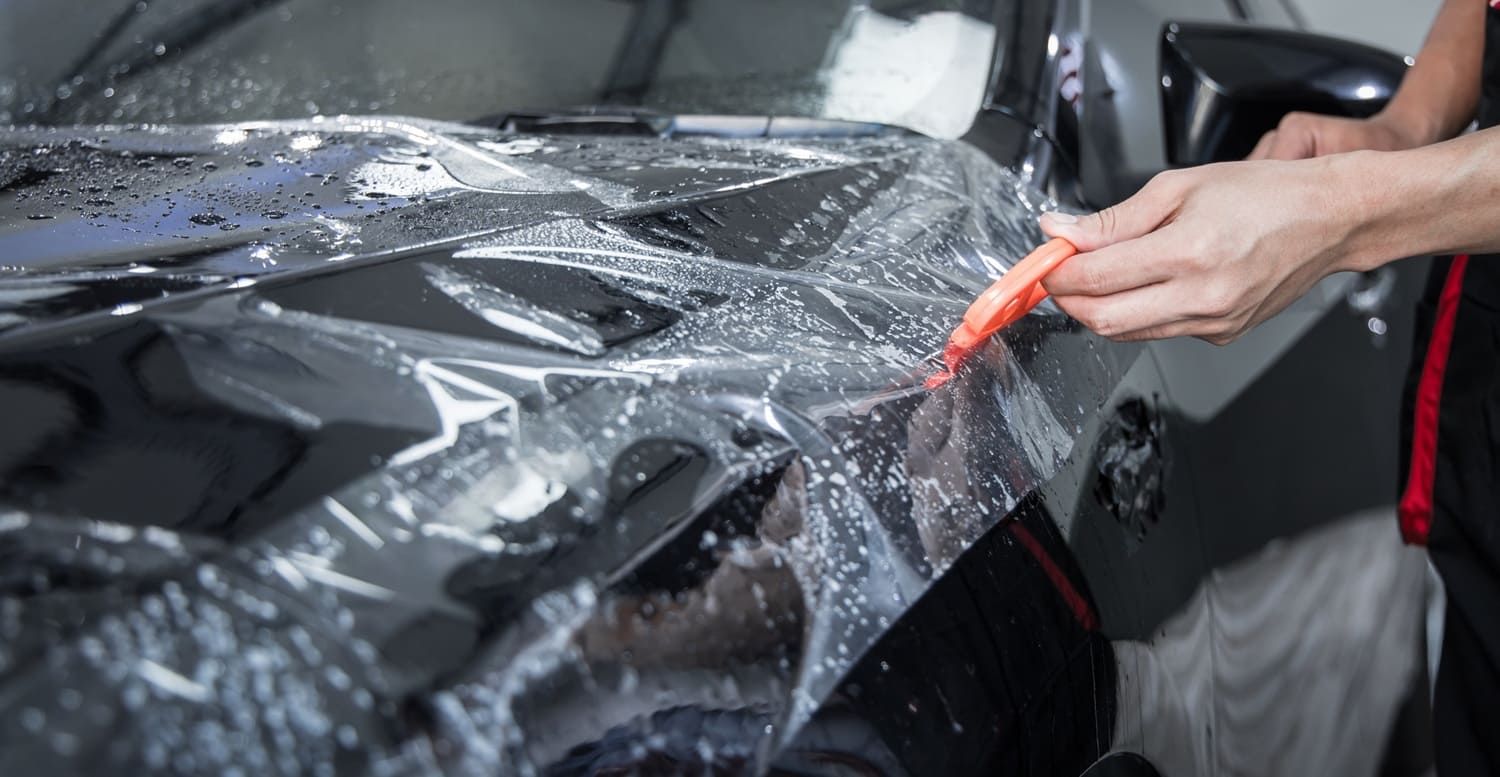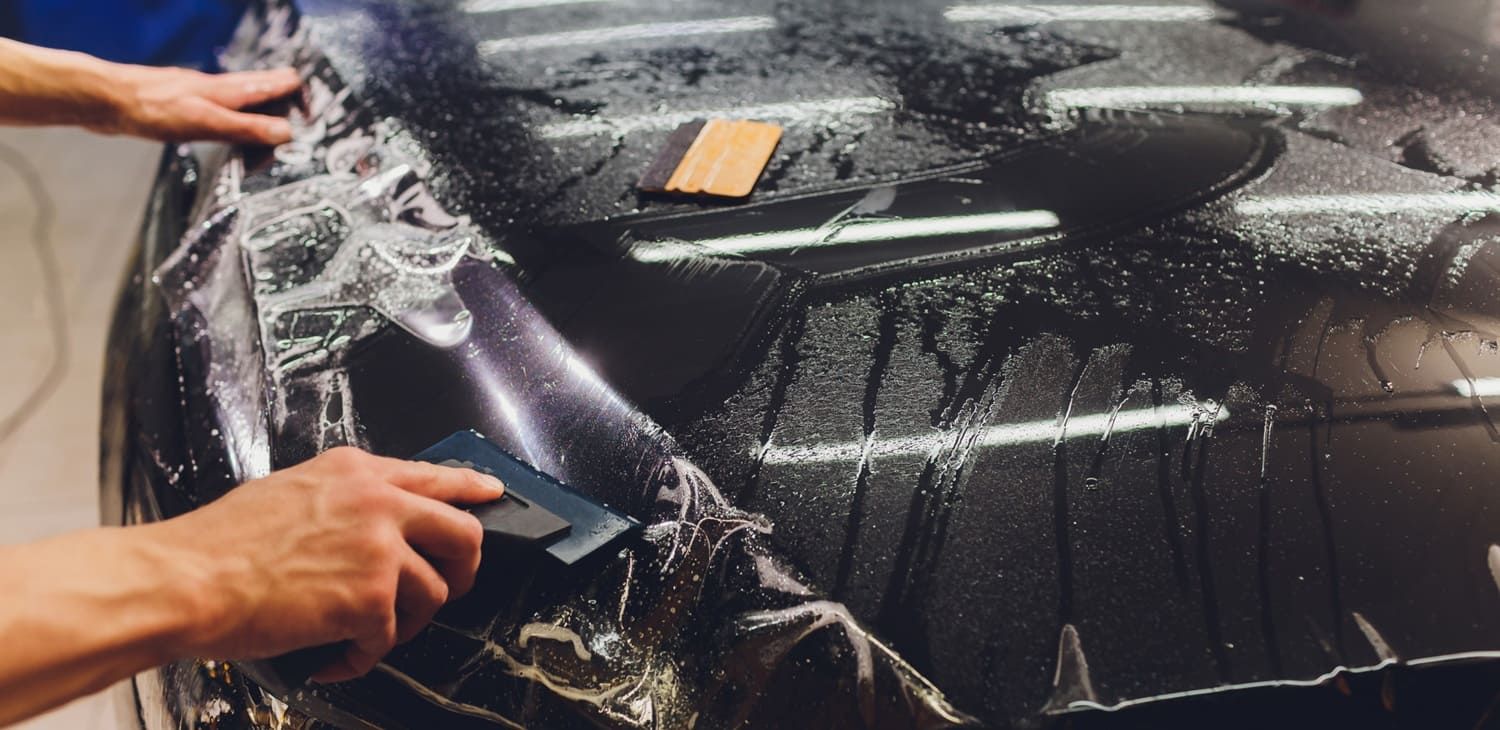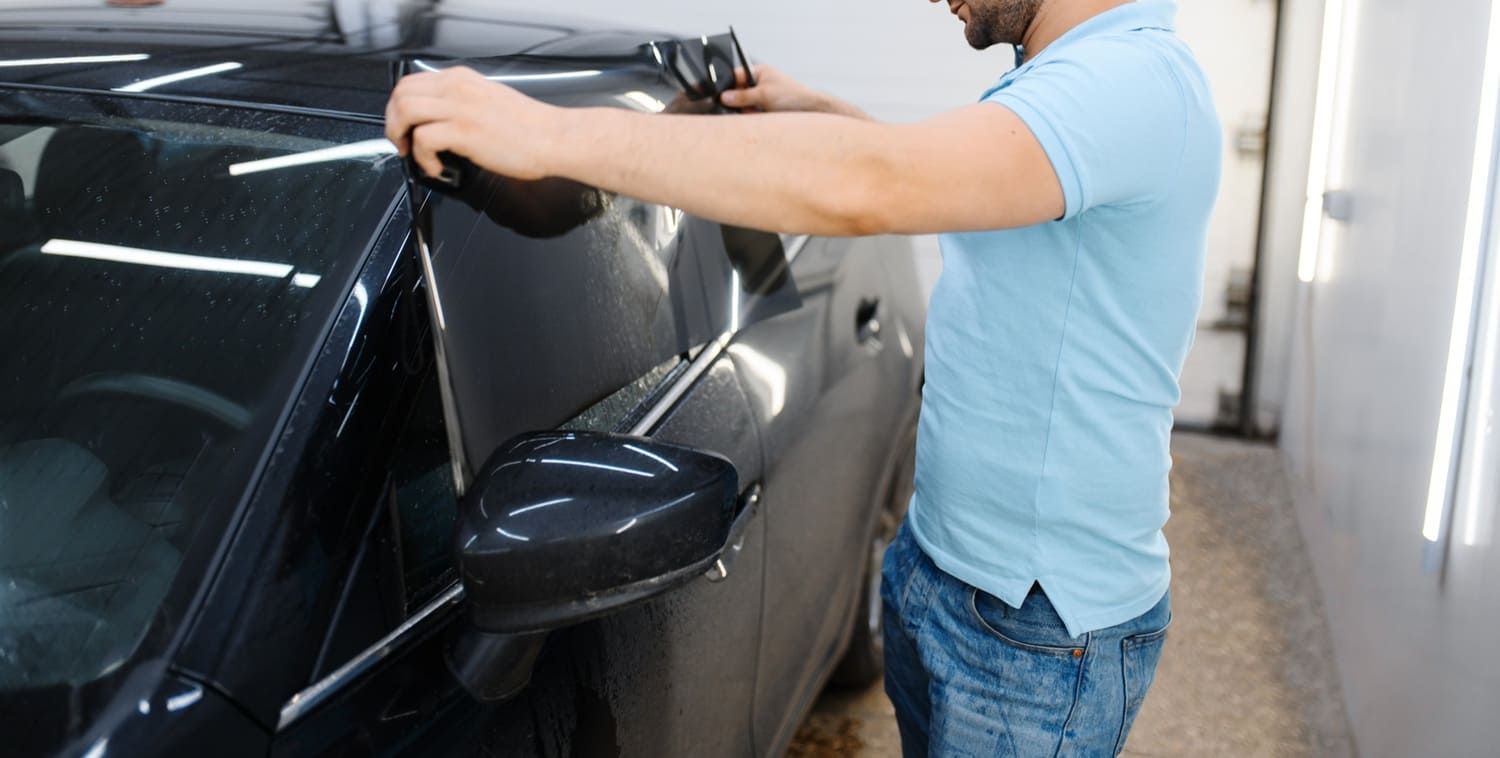Can Car Tinting Reduce Glare While Driving?
Car tinting offers more than just a sleek look for your vehicle. It can significantly reduce glare while driving, enhancing safety and comfort. Glare from the sun or headlights can be distracting and dangerous. Tinted windows help minimize this issue, allowing for a clearer view of the road.
Beyond glare reduction, car tinting provides numerous benefits. It blocks harmful UV rays, protecting both passengers and the car's interior. Privacy window film adds an extra layer of security, making it harder for outsiders to see inside.
Considering car tinting? It's a practical investment that enhances driving comfort and vehicle aesthetics. Discover how car window tint can transform your driving experience.

Understanding Glare: Why It’s a Problem for Drivers
Glare is a common issue that every driver has faced at some point. It can occur during the day from the sun or at night from oncoming headlights. When light reflects off surfaces or hits your eyes directly, it causes glare.
Glare can strain your eyes, making it difficult to focus on the road. This can be particularly problematic on sunny days or when driving through busy city streets. Drivers need to be attentive, and glare can interrupt concentration.
The effects of glare go beyond distraction. It can also cause temporary blindness, increasing the risk of accidents. For safety, it's essential to manage glare effectively.
Here are some common causes of glare:
- Direct sunlight
- Reflections off water, snow, or roads
- Bright headlights at night
Tinted windows can be a valuable tool in combating these issues, offering a more comfortable and safe driving environment.
How Car Window Tint Reduces Glare
Car window tint acts as a protective shield against glare. It filters out harsh light by reducing the amount of visible light that enters the car. This makes driving less stressful and safer, especially on sunny days or busy roads.
Tinted windows can manage various sources of light. They can also moderate light from reflections. This makes it easier to see, preventing the intense brightness that can distract drivers. A tint's special coating is the secret to its effectiveness.
Here are some ways car window tint combats glare:
- Blocking direct sunlight
- Reducing reflective glare from roads
- Filtering out harsh headlight glare at night
With window tint, you can maintain better focus while driving. This improves your overall driving experience. Clear vision is crucial for safe and effective driving, especially during long journeys.
Additionally, the benefits of window tint extend beyond glare reduction. They include improved comfort and safety, highlighting the value of this simple modification. Investing in quality window film can provide a significant enhancement to your daily driving. This could make your travels not only more enjoyable but also safer.
Additional Car Tinting Benefits Beyond Glare Reduction
Car tinting offers a multitude of advantages that extend well beyond glare reduction. One of the most notable benefits is UV protection. Tinted windows block up to 99% of harmful UV rays. This not only protects your skin but also preserves your car's interior.
Another significant benefit of car tinting is heat reduction. By minimizing the sun's heat, tinted windows help maintain a cooler temperature inside the car. This reduces the reliance on air conditioning. Less A/C usage can lead to better fuel efficiency.
Privacy is another compelling advantage of car window tint. With privacy window film, prying eyes cannot easily see into your vehicle. This adds an extra layer of security for belongings inside.
Here's a quick list of additional car tinting benefits:
- Preserving upholstery from fading and cracking
- Enhancing vehicle aesthetics with a modern look
- Increasing safety by preventing glass shattering
- Reducing eye strain for drivers and passengers
Overall, car tinting enhances your driving experience by merging style with function. It contributes significantly to vehicle longevity and passenger comfort. Whether through improved safety or aesthetic appeal, car tinting proves its worth in various aspects.
Types of Car Window Tint: Which Is Best for Glare and Comfort?
Choosing the right type of window tint can make a big difference in comfort and glare reduction. Various tints are available, each catering to different needs and preferences. Understanding these options helps ensure you select the right film for your vehicle.
Dyed window tints are a popular choice due to their affordability and effective heat reduction. They absorb solar heat and reduce glare, but they might fade over time. They are ideal for those seeking a budget-friendly option.
Metalized films provide enhanced durability and strength. They reflect heat and reduce glare efficiently. However, they might interfere with GPS and radio signals due to their metallic content.
Meanwhile, carbon and ceramic tints offer superior performance without the drawbacks of metalized films. They excel in blocking UV rays, reducing heat, and resisting fading. Ceramic tints are especially noted for their clarity and effectiveness.
Here's a quick overview of tint types:
- Dyed Films: Cost-effective, good for basic heat and glare reduction.
- Metalized Films: Durability and strong heat rejection, potential signal interference.
- Carbon Films: Long-lasting and effective at heat reduction.
- Ceramic Films: Top-tier clarity and blocking power, no signal interference.
Considering the tint's benefits and compatibility with your needs is essential. Professional advice can also guide you in selecting the ideal tint for optimal performance and comfort.
Privacy Window Film: Enhancing Security and Discretion
Privacy window films serve multiple purposes beyond simple aesthetic upgrades. One of their significant advantages is the enhanced security they offer by obstructing the view into your car. This quality is crucial for protecting valuables inside the vehicle from prying eyes. They deter potential thefts and boost privacy while driving or parked.
These films also benefit drivers and passengers by limiting outside visibility without compromising interior views. You can enjoy a clear view of the road while passersby cannot see into your vehicle. This feature offers peace of mind, especially during long trips or when parked in busy areas.
Privacy films are available in various levels of opacity and shades. Consider the following benefits:
- Enhanced Security: Deters theft and conceal items.
- Increased Privacy: Limits view into the vehicle.
- Multiple Options: Various shades to fit personal preferences.
Selecting the right level of tint can enhance both your vehicle's security and aesthetic appeal, providing discretion as you drive.
UV Protection and Heat Reduction: Health and Comfort Advantages
Car window tints are more than just a stylish upgrade; they play a significant role in blocking harmful UV rays. Prolonged exposure to UV light can cause damage, from skin issues to fading vehicle interiors. By filtering out a large percentage of UV radiation, tints protect both passengers and the car’s interior.
Tinted windows also contribute to reducing the heat inside your vehicle. During hot weather, the temperature inside a car can rise rapidly. Window tints help to reflect and absorb sunlight, leading to a cooler and more comfortable interior environment.
This reduction in heat not only enhances comfort but also lessens the demand on your car's air conditioning system. Consequently, you may see improvements in fuel efficiency due to reduced AC usage.
Consider the following advantages of UV protection and heat reduction:
- UV Protection: Shields passengers and interiors from damaging rays.
- Cooler Interiors: Reduces heat buildup during hot days.
- Fuel Efficiency: Lowers the need for constant air conditioning.
With these benefits, car tinting becomes a practical choice for enhancing comfort and maintaining vehicle condition.
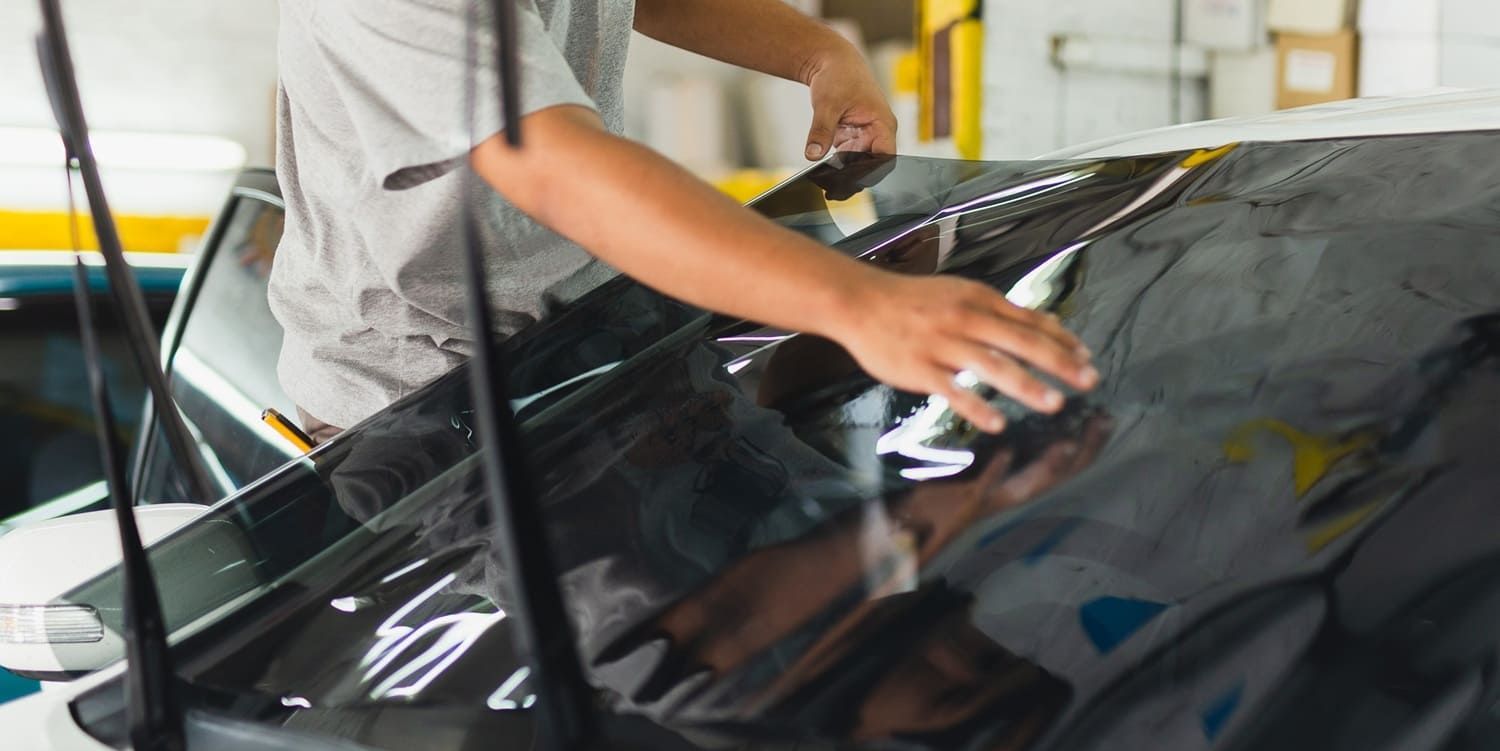
Legal Considerations: What to Know Before Tinting Your Car
Before tinting your car windows, it is crucial to understand the legal regulations in your area. Window tinting laws can vary greatly by state and country. These laws dictate how dark the tints can be and which windows can be tinted.
Driving with illegal tints can result in fines or the need to remove the tinting. Therefore, compliance is key to avoid any legal hassles. Researching local laws will help ensure that your tinting project is within legal limits.
Here are a few things to keep in mind:
- Tint Darkness: Regulations vary on how dark windows can be.
- Window Restrictions: Some windows may not be legally tinted.
- Penalties: Non-compliance may lead to fines or mandatory removal.
Being informed about tinting laws not only ensures legality but also saves you from potential fines and reinstallation costs.
Professional vs. DIY Installation: What’s Right for You?
Deciding between professional and DIY installation depends on your budget and skill set. Professional installation ensures precision and high-quality results, which can prevent peeling and bubbles. Professionals also use materials that adhere to legal standards.
On the other hand, DIY installation can be cost-effective and rewarding. However, it demands patience, attention to detail, and the right tools. Mistakes can lead to poor results or even legal issues if the tint does not comply with regulations.
Consider the following when making your choice:
- Budget: Professional services often cost more.
- Skill Level: DIY requires careful application.
- Material Quality: Professionals offer higher-quality options.
Ultimately, choose the route that aligns with your skills, budget, and desired outcome.
Maintenance Tips for Long-Lasting Car Window Tint
Maintaining your car window tint prolongs its life and keeps it effective. Gentle cleaning and proper care can prevent damage. Avoid using abrasive materials, which might scratch the tint.
Here’s a quick guide to maintain your tint:
- Use Soft Cloths: Opt for microfiber towels.
- Mild Cleaners: Use ammonia-free solutions.
- Avoid Direct Sunlight: Park in the shade when possible.
Regularly inspect the tint for bubbles or peeling. Address minor issues promptly to prevent further damage. Following these tips ensures your car tint remains in top shape, safeguarding its benefits over time.
Frequently Asked Questions About Car Tinting Benefits
Car owners often wonder about the advantages of window tinting. Some are curious about how it influences driving comfort. Others want to know about long-term benefits.
Here are some common questions:
Does car window tint really reduce glare from the sun?
Yes, quality window tint significantly reduces glare from the sun, especially during sunrise and sunset. It helps protect your eyes, minimizes strain, and improves overall driving visibility for a safer, more comfortable ride.
Can tint help with glare from headlights at night?
While window tint is most effective against sunlight, some films also reduce headlight glare at night—especially from high-beam or LED headlights. However, choosing the correct Visible Light Transmission (VLT) percentage is key to maintaining night driving visibility.
Which tint is best for glare reduction while driving?
Ceramic and carbon window tints are top choices for reducing glare. These advanced films block more light and heat without compromising clarity or visibility, making them ideal for drivers who spend a lot of time on the road.
Will reducing glare with tint improve driving safety?
Absolutely. Glare can impair reaction times and lead to dangerous driving conditions. By reducing glare, window tinting helps you focus better on the road, improving reaction time and reducing the risk of accidents.
Is car tint legal if used primarily for glare reduction?
Yes, but you must follow your state’s legal tint limits. You can choose a film that effectively reduces glare while remaining compliant. Always consult a professional tint installer to stay within local laws.
Will tint reduce glare on all windows, including the windshield?
In most regions, full windshield tinting is illegal, but a legal “eyebrow” or top visor strip can be applied to the top of the windshield to reduce glare. Side and rear windows can typically be tinted more extensively to control glare.
Where can I get high-quality glare-reducing tint installed?
For professional window tinting that reduces glare and improves your driving experience, contact Sun Stoppers Window Tinting at (772) 468-3009. Our expert installers will help you select the perfect film for comfort, clarity, and legal compliance.
Understanding these aspects helps in making an informed decision about car tinting. Addressing concerns ensures you maximize the benefits tinting offers.
Conclusion: Is Car Tinting Worth It for Glare Reduction?
Car tinting offers numerous advantages beyond just aesthetics. Its ability to reduce glare greatly enhances driving safety. By minimizing distractions, drivers can navigate more confidently.
Tinting also benefits vehicle owners with UV protection and privacy. While initially an investment, the overall comfort and long-term perks make it worthwhile. Whether for safety or style, car tinting proves to be a smart choice. Contact Sun Stoppers Window Tinting, premier window tinting installers serving Fort Pierce, FL, for a free estimate today.


